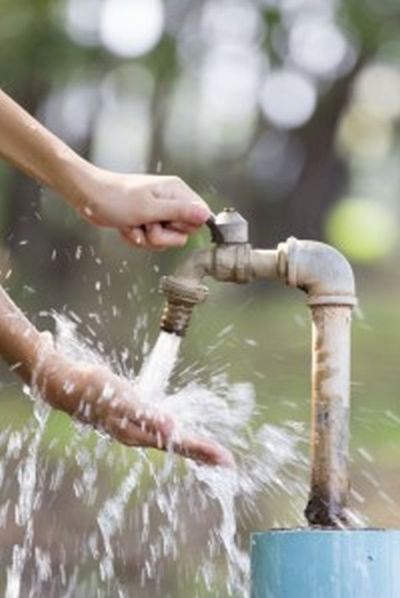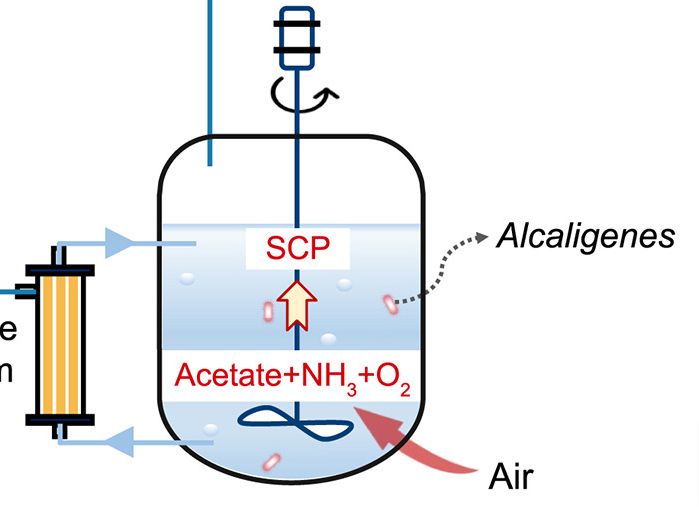Impurity free water is of utmost importance for human survival. Unfortunately, millions of people still lack access to safe drinking water. Every year, people in huge numbers die suffering from water borne diseases. Recently, a low cost device has been developed by scientists that can be used in developing nations for monitoring water quality in real time, thus, skipping the requirement of any expensive lab equipments. The traditional processes of monitoring pollutants in drinking water were time taking, costly and involved specialist technical expertise.
Using 3D printing technology, researchers from the Department of Chemical Engineering, University of Bath in collaboration with researchers from the Bristol Robotics Laboratory, University of West of England, have developed a low cost sensor that can be used directly in lakes and rivers for uninterrupted water quality monitoring.
Electric bug
The sensor consists of bacteria that generate measurable quantities of electric current as they eat and grow. Researchers observed that toxins present in the water disturb bacteria, due to which electric current drops, thus indicating that water is not safe for drinking.
According to lecturer Dr Mirella Di Lorenzo, bacteria in a microbial fuel cell upon feeding convert chemical energy into measurable electrical energy. The team introduced certain pollutants in water and observed an immediate drop in the amount of electric current produced by these bacteria. Moreover, this drop in electric current was directly associated with the amount of toxin present in water. Reduction in toxicity resulted in escalation of electric current.
Monitoring real time toxins
This change in electric current enabled scientists to examine real time indication of pollutants in water, thus, eliminating the necessity to collect multiple samples for examination in a laboratory. So far, fish or daphnia was used to monitor the effects of pollution on the environment. These techniques were time taking, expensive and tough to reproduce the results.
Mass spectrometry is another process that is used for checking pollutants in water. But this is a highly sensitive process and calls for specialized equipment and expertise. Therefore, is considered unsuitable for regular monitoring of widespread water bodies and the high cost makes the process unaffordable for developing countries that require such technology the most.
However, with new low cost sensor, researchers could even identify tiny traces of cadmium (a pollutant required in the electronics industry) at concentrations substantially below the accepted maximum safe levels. This technology is indeed going to help developing countries where millions die drinking polluted water.
Source: University of Bath




